Previous
Experience, technology and culture: the Kvadrat case


Your dream house is one step away from you.
Subscribe to our newsletter and get 10% off orders of at least £100,00!
Enjoy it and don’t miss out on our offers and updates.


How do you imagine your future? This question gets asked a lot, especially during job interviews and family get-togethers.
If you concentrate, you can picture your dream job, where you’d like to live, perhaps even the colour of the sofa you’ll be sitting on every evening. Actually, perhaps you have a clearer idea of what colour you want your sofa to be than where you see your career going.
Design has always tried to imagine the future; this is one of the key principles that guides research and the very idea of design. But, how is it possible to imagine something that isn’t there yet?
A solution could be to focus on the physical object that is supposed to deliver said future. For example, before adapting the highway code to flying cars, it might be best to ascertain if you can actually make one. And that driving it – or in this case piloting it – won’t be too difficult.
Another approach, however, focuses on human interaction and its ability to influence and shape the future. When it comes to audio technology – the invisible par excellence – the innate instinctive nature of hearing has to contend with an increasingly large, flexible and immersive selection of audio technology.

Pop-up message, the latest album of your favourite artist, the background music that accompanies you through a particular virtual reality, the wireless music at the underground station: in reality all these sounds, seemingly innocent and often short-lived, have been (or should have been) carefully studied by sound design experts, so as to gauge both their immediate and their long-term effects. In the future, exactly.
But what kind of object will deliver the sound experience we need?
Tivoli Audio was started in the year 2000 in Boston by the designer Tom DeVesto and Henry Kloss, who played a crucial role in revolutionizing the field of audio and radio technology of the twentieth century. Their first effort, Model One, combined receiving an FM signal in densely populated areas with congested frequencies with signals from stations further away. This was achieved at an affordable cost, and its design soon became the company’s trademark: a handmade wooden box, designed to guarantee optimal sound.
Since then, Model One and its sisters have evolved without ever forgetting where they came from. The FM radio was soon followed by Bluetooth, the knobs haven’t been replaced but the design now includes a digital screen. And it could not be complete without WiFi.
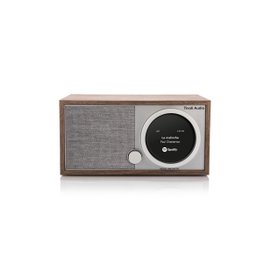
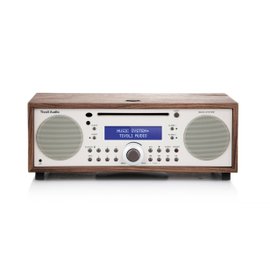
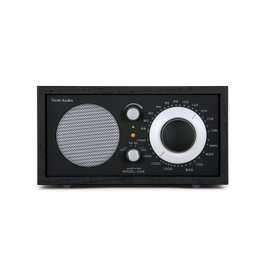
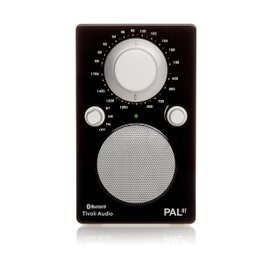
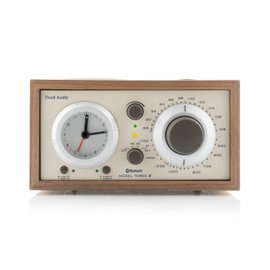
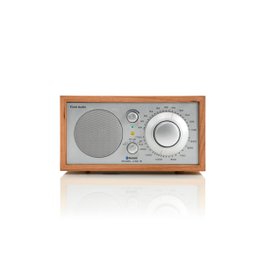
The brand Vifa was set up a while back. It seems almost impossible, especially if you take into account the aesthetics and refined technology of these speakers, but Vifa was started in a rural Danish village in 1933. In a short space of time, Vifa became the main supplier of audio technology throughout Europe.
Generations of engineers and skilled craftsmen have helped to consolidate the brand’s quality and reputation, and in 2012 Vifa brought out the first line of wireless speakers upholstered in elegant Kvadrat fabric. The Vifa speakers have the classic stereo knobs too, however they have been updated using fine leather, a detail which enables you to carry the case wherever you want.
Its headquarters are based in Munich, and it was recently established. In 2014: the designer Adin Mümma set up his own design studio, which then became the brand Muemma GmbH, so he could focus entirely on developing the future of audio technology and its aesthetics.
Muemma GmbH focuses on turning the most up-to-date technology into beautiful and attractive objects that are multi-purpose and sensory too. These objects aren’t afraid to show that they can be used in multiple ways: pocket-emptier and speaker, wall-mounted and freestanding, they don’t deny their various functions: on the contrary, they carry out each task to perfection.
Stripped down to the bare minimum, Muemma reveals the secret of its pieces: the listener’s experience takes centre stage – and they are designed precisely to enhance it.

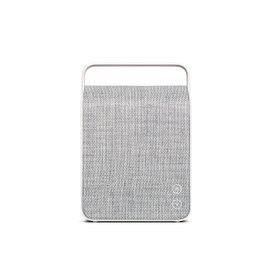
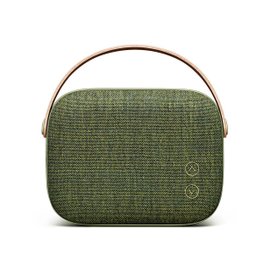
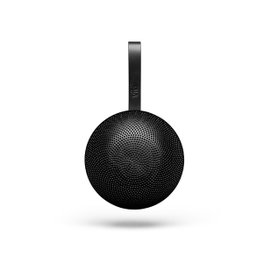
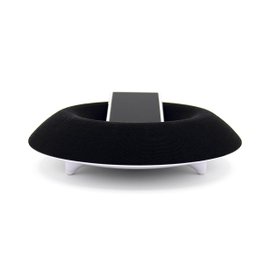
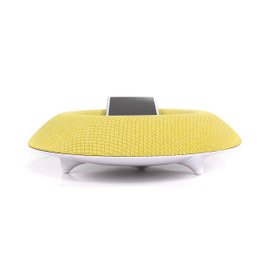
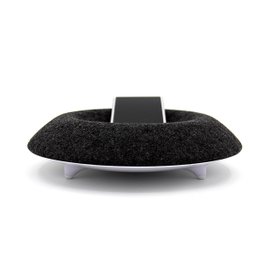
A physical object is still necessary to carry sound wherever you might be. However, it can circumvent certain limits, just like the French brand Lexon has tried to do by designing waterproof speakers.
Clad in protective silicone, these bluetooth speakers have either the same simple streamlined aesthetics as the classical radio or a new multi-purpose design. In both scenarios, the soft material and bold colours greatly enhance the user experience – whether it’s in the privacy of your own shower or in the living room during a party.
A well-designed project should focus on perception and interaction, even more so when it’s linked to sound, which is ethereal and pervasive at the same time.
An object – a speaker in this case – that can give you the perfect acoustics, as well as being intuitive to use and aesthetically pleasing isn’t just a beautiful object: it’s a tiny piece of design too.
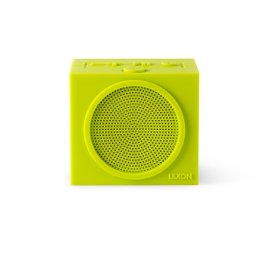
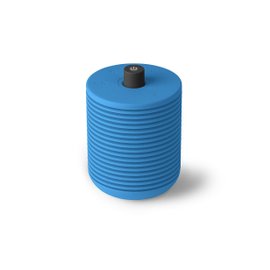
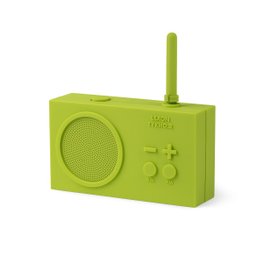
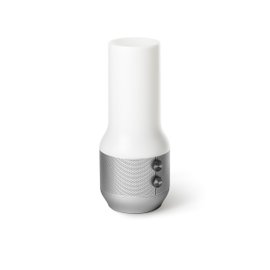
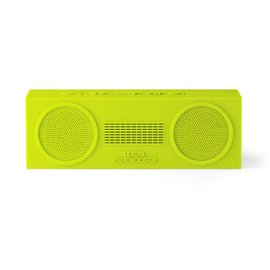
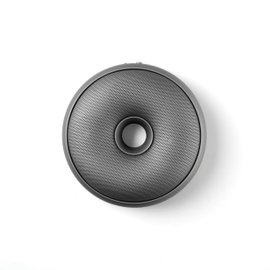
Gifts
Home Accessories
Tivoli Audio
Shared Moments Express Delivery
Vifa
Rooms
Muemma
Adin Mümma
Back to Work – Design Edition
Lexon
Marc Berthier
Mikiya Kobayashi
Lighting
Spalvieri Del Ciotto

 Back to
Back to
Size*
Quantity*




